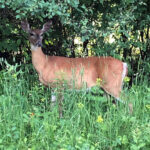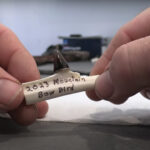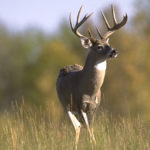Whenever someone asks me the best time to shoot does, I’m usually quick to reply “any time you have the chance.” I guess that comes from my affinity for putting venison in the freezer.
But like most things in hunting, the reality is there’s no “one-size-fits-all” answer to that question. Numerous factors can come into play when deciding when the best time is to shoot does on any given property – the size of the property, the doe density, your overall goals for that property and your personal goals for deer season.
And while I do believe the best course of action for most hunters is to shoot does early and then focus their efforts on a buck during the rut, let’s take a look at some of the science behind each option.
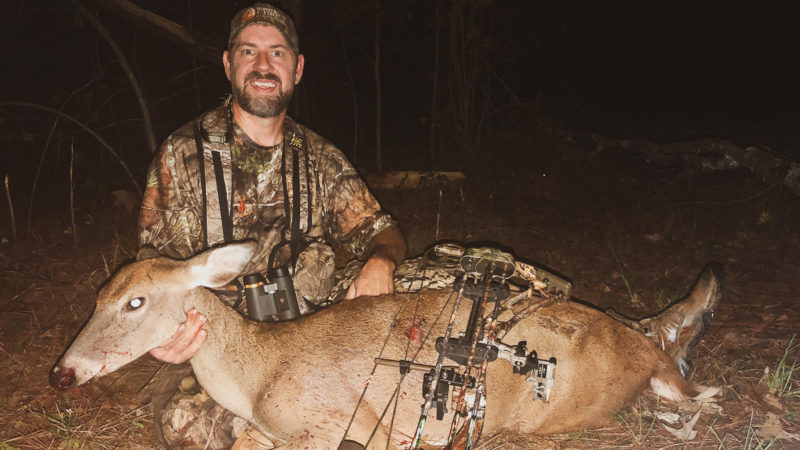
The Case for Shooting Early
One of the best reasons for shooting does early is because they tend to be easier targets at the start of deer season, when they are typically on an undisturbed bed-to-feeding and feeding-to-bed pattern. Once hunting pressure begins to ramp up, those same does will quickly become more elusive. And if the plan is to wait until after the rut, late in the season, they can be very elusive by that point.
Years of working public land deer hunts, I can’t tell you how many times I heard hunters comment they were buck hunting first, and would wait for the last day of the hunt to kill a doe for the freezer. And more times than not, they would pass multiple does the first couple days only to get skunked on that last day of the hunt.
One common argument against shooting does early is that you want the maximum number of does on your property when the rut occurs because it will draw in more bucks from surrounding properties. But, the truth is, having too many does can actually be a detriment to rut activity.
When you take your does early, you create a more balanced buck:doe sex ratio heading into the rut. This can lead to increased competition for the remaining does. Ultimately, that will translate to bucks spending more time on their feet in search of a hot doe, and you’ll get to witness more rut-related buck behavior like fighting, seeking and chasing. That can also make the bucks more susceptible to rattling and calling.
To see if I was overlooking any additional reasons to shoot does early, I reached out to wildlife biologist and QDMA’s Director of Conservation, Kip Adams.
“I am a big fan of harvesting antlerless deer early in the season,” said Adams. “At that time you have the greatest size difference between adults and fawns, and the early harvest saves 5-10 pounds of food per day for each doe you harvest. That food is then available for the other deer on the property.”
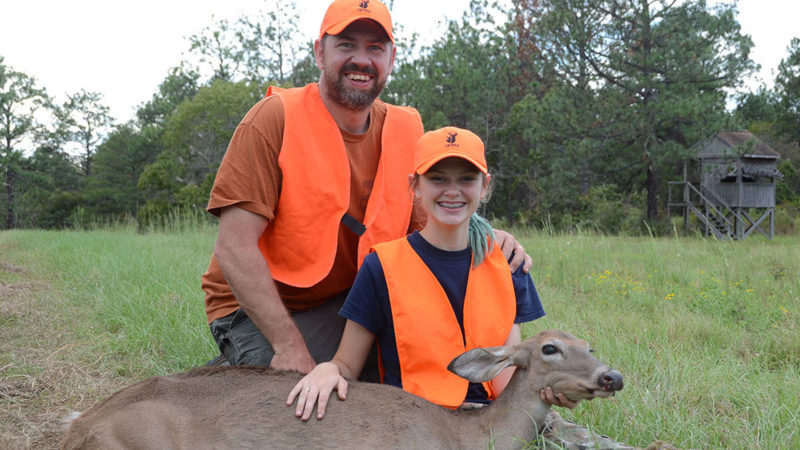
The Case for Shooting Late
There are certainly some exceptions to trying to shoot your does early. For instance, if the area your hunting already has a low doe density, and your goal is to shoot a good buck, then you may be better off leaving what does you do have alone prior to the rut so you have something to draw the bucks in from surrounding properties. Of course, if your doe density is that low to start with, you may want to consider not shooting any does at all!
While Adams is a big fan of early season doe harvest, he agreed under certain circumstances there are benefits to taking does late.
“There are situations when early season harvest is not necessary or desirable,” said Adams. “If the deer density is low in your area, then postponing harvest until later in the year allows adult does additional time for teaching fawns and other young deer, and this can increase survival rates.”
Another scenario when shooting your does early may not be the right play is if you are hunting a relatively small property with a focus on shooting a good buck, or if you have a good buck frequenting an area on your trail camera. By getting in there early and putting pressure on the deer, your odds of shooting that good buck may quickly diminish.
If you find yourself in this situation, but you would still like to get some meat in the freezer, consider finding some alternative hunting spots just for does. That may be a local tract of public land or even a block of private land where the landowner is trying to reduce the number of does. You’re much more likely to get permission asking to just shoot a few does than you are otherwise.
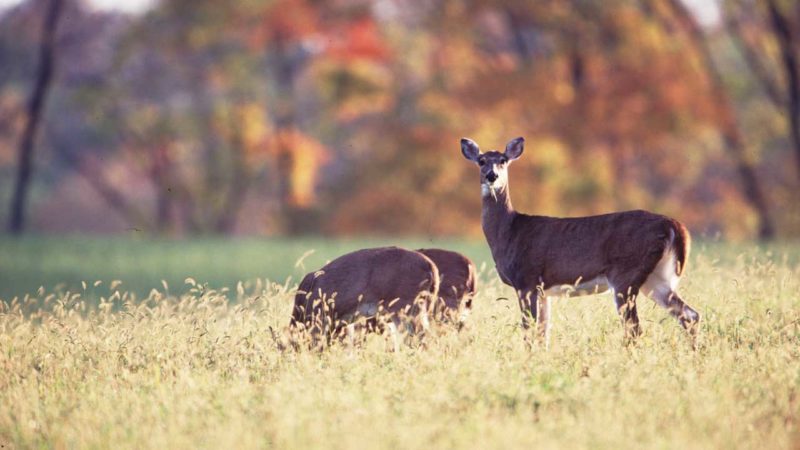
Pregnant Does Are Not a Factor
One factor that shouldn’t play into your decision making process, particularly when shooting does late in the season, is whether you are shooting a pregnant doe. Every year I see the arguments on social media about why you shouldn’t shoot does late in the season because they are carrying fawns.
Opponents of this practice say that by shooting a pregnant doe, you are actually killing two or three deer. That part is true. But what many of these hunters fail to grasp is that if you had killed that same doe back in September or October, the end result would be the same. That doe would be dead, and she wouldn’t produce any fawns next spring. The overall impact on the population is exactly the same.
Final Thoughts
Whether you decide to shoot does early, or late in the season, should ultimately lie in the goals you’ve set for yourself. If filling the freezer, or keeping the deer population balanced where you hunt is the primary concern, then it makes sense to take those early opportunities to kill does rather than waiting until late season and risk not being able to meet your goal.
Even if your target is a big, mature buck, taking does early season to improve rut activity could tip the odds in your favor. In the end, you’ll have to weigh the pros and cons of your specific situation and plan accordingly.

 By
By 
